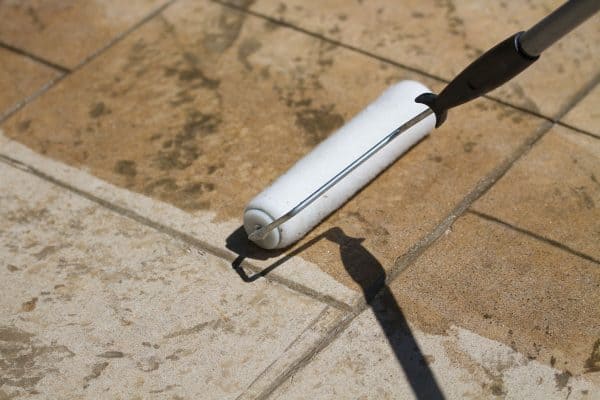Disclosure: We may get commissions for purchases made through links in this post.
Installing bricks and stone pavers may be a home improvement project that you've been planning to do for a while now. You may be looking for ways to increase the skid resistance of your walkway, make it more visible, or improve the flow of foot traffic in your home. In order to keep your pavers stable and locked in place, you will need to put joint sand on them. With this in mind, you might be wondering how you can keep joint sand from washing away from in between your pavers.
Joint sand can come from many different types. You should be able to use regular sand or the more durable type called polymeric sand. However, keeping this sand material neatly and solidly in between your pavers requires sealing the paver surface.
In order to make sure that your pavers settle and stay in place, you should remember to use joint sand and to seal them properly so they last longer. In this article, we have compiled all the necessary information on how you can prevent joint sand from washing away, so do keep on reading.
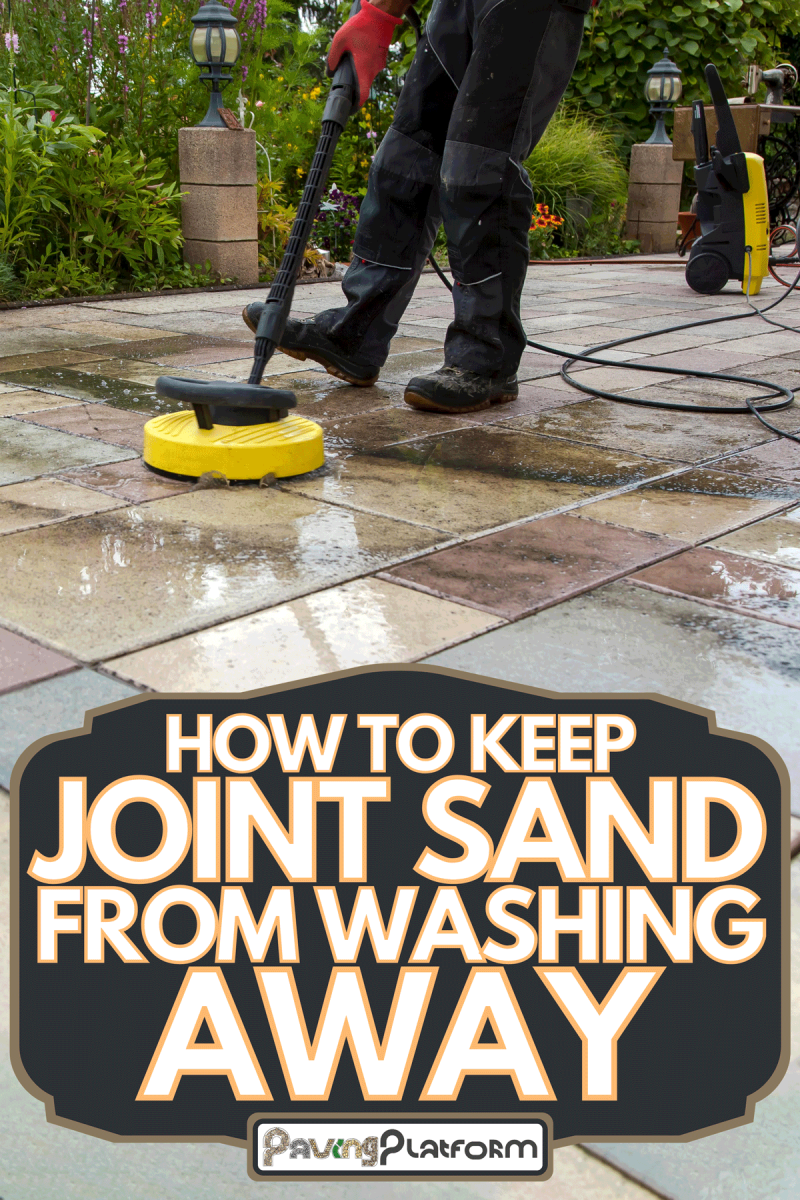
Preventing Joint Sand from Washing Away
When you had your pavers installed for your home, you may have found that they are very stable and intact as well as strongly joined together. This is because joint sand was used in between the gaps of your pavers, giving it the chance to settle and lock in place.
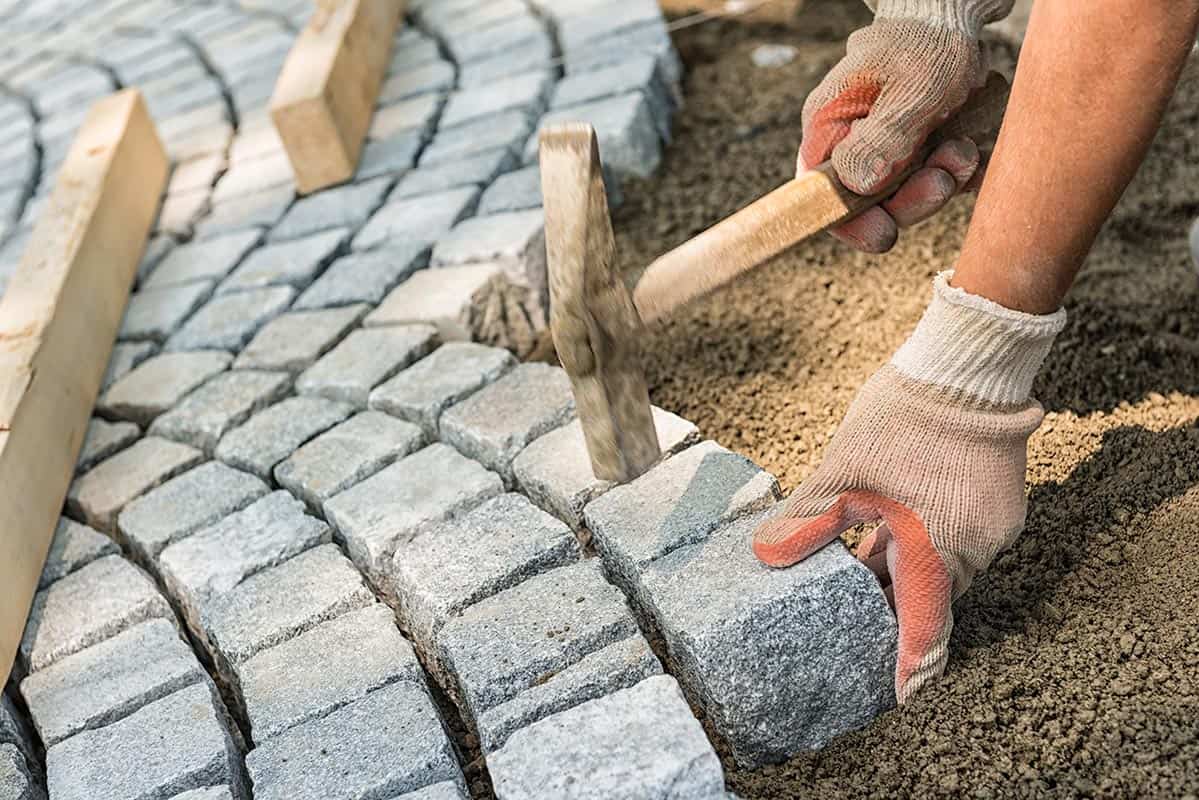
However, wear and tear will soon wash away all this joint sand. Water also causes joint sand from washing away every time it rains, snows, or even when you clean your walkways.
It is important to ensure that your pavers have joint sand in between them to prevent the stones from being loose. It will also prevent weeds from growing in between the pavers. In order to do this, joint sand should be sealed as soon as it is applied to prevent it from washing away and to keep the pavers stable.
Joint Sand Sealer
Joint sand can be sealed by using a joint sand paver sealer. This product soaks into the joint sand of your pavers and hardens the surface of the sand.
Generally, it will only soak through the top layer (about 1/8" to 1/4" deep) and stabilize it only to prevent the joint sand from washing away. It will not harden the sand until the very bottom because it will make the sand impossible to remove and may cause further issues.
These paver sealers also protect your pavers from oil stains and spills. It provides excellent weather resistance as well as enhances the color of your pavers.
There are quite a number of joint sand paver sealers available on the market, so it would be best to choose the right one for the paver material you have used.
Get this joint sand paver sealer on Amazon.
What Are The Types of Joint Sand
Joint sand comes in many different forms. You can use regular sand on your paver project to use as joint sand. Another option is washed concrete sand and polymeric sand.
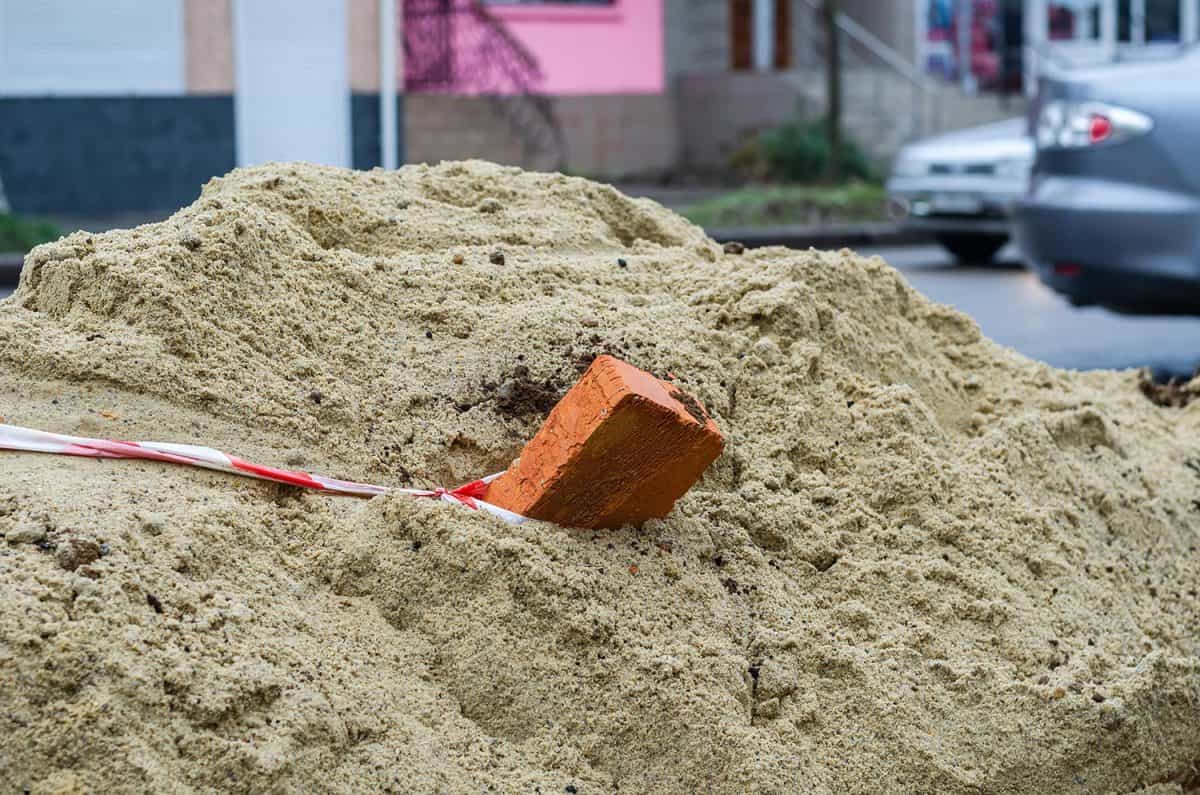
Depending on the type of paver material that you have used, certain joint sands may work better for concrete pavers, but a different one may be more suitable for decorative pavers. That said, here is some information about the joint sands you can use.
Regular Sand or Mason's Sand
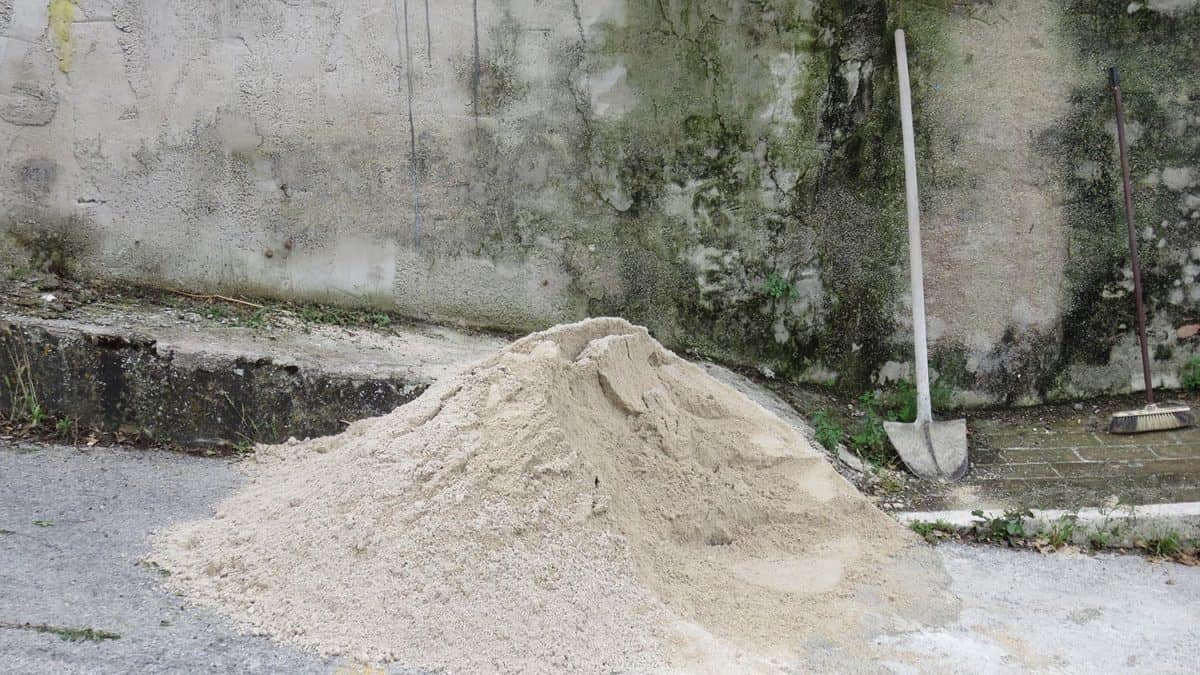
The most common and easiest to acquire is regular sand or what you might see sometimes as mason's sand. This sand consists of fine particles and it creates a tight, less permeable layer. The tightness of the particles and the way it is compacted prevent them from being washed away easily.
One caveat of using regular sand on pavers is that it will need to be checked regularly to see if you should refill the gaps.
Once you see some weeds or moss growing between the gaps, or when you see spaces in between your pavers, it is high time to re-sand the surface. If you'd like to make it a little sturdier, you may use some binding or sealing products to make your sand stay in place longer.
Washed Concrete Sand
Washed concrete sand is made of larger, looser particles and is more commonly used on the base layer of most projects. However, some may choose to use washed concrete sand on their projects to lessen the cost or to avoid using multiple materials at the same time.
One problem that you may face with washed concrete sand is that it is harder to sweep and compact into the joints. The result of this is big gaps between the pavers and they are not sealed properly. The larger particles also make it very easy to be washed away by water or wind.
Polymeric Sand
![A wheelbarrow dumping polymeric paver sand onto an area where a new patio is being built, Does Polymeric Sand Come In Different Colors? [And Will It Darken Over Time?]](https://pavingplatform.com/wp-content/uploads/2022/02/Wheelbarrow-dumping-polymeric-paver-sand-onto-an-area-where-a-new-patio-is-being-built.jpg)
This product has been specially developed for paver joints. Polymeric sand is a fine grain sand material with additives included that bond concrete when in contact with water. This makes the surface less permeable and compact, and the joint sand material isn't washed away easily.
The advantage of using polymeric sand for your pavers is the strength of this material because the joints are durable and even. This will prevent weed growth and infestation of insects like ants, which can most likely ruin your paver projects.
Using polymeric sand is easy, but it is not resistant to being washed away. It would be wise to check your pavers regularly and take note of when to refill your joints again.
Get this polymeric sand on Amazon.
How Often Should You Re-sand Pavers
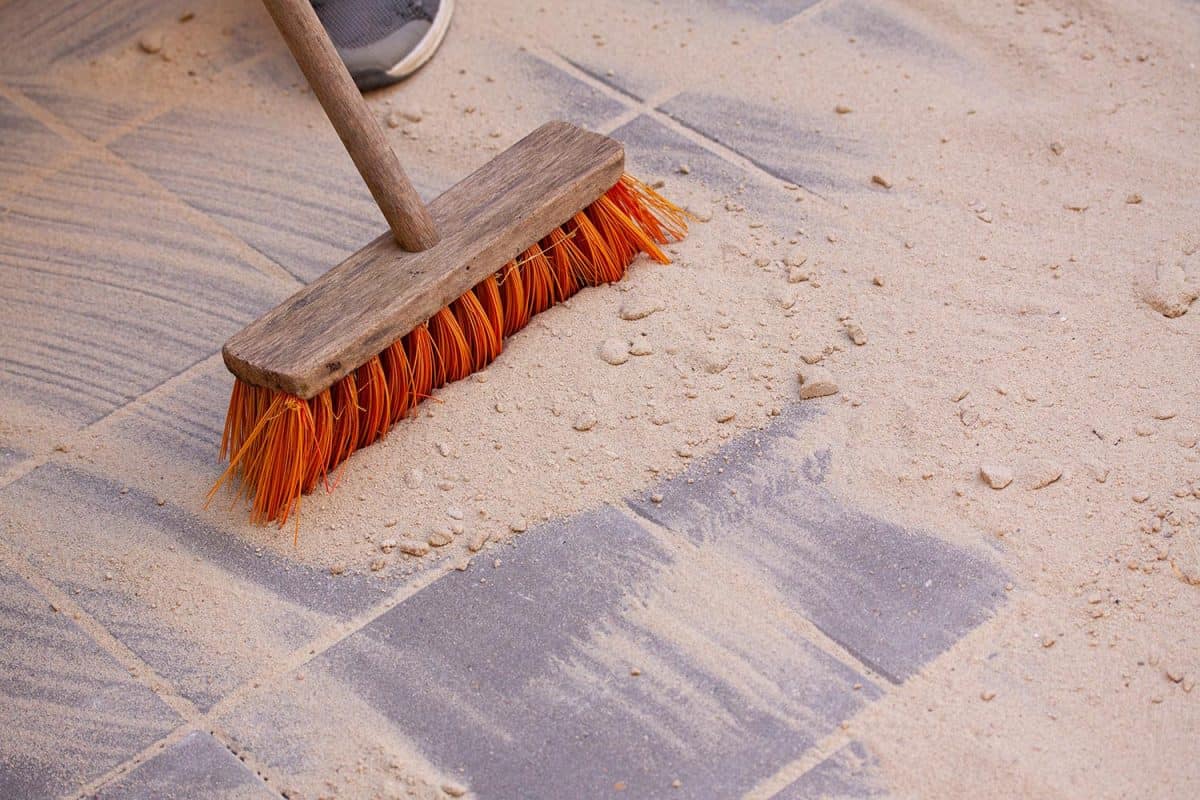
Generally, there is no rule of thumb on how often you should re-sand your pavers. Depending on your location and the weather your area experiences, as well as the amount of washing that you do on your paver surfaces, your pavers should be refilled with joint sand as soon as you see some gaps in between.
Do not wait for your pavers to have weeds or moss growing in between, or ants burrowing underneath your pavers as this can complicate your task.
Always remember to examine your surface. Any open joints mean that your joint sand has already been washed off and is due for a refill. If you use regular sand, you may have to re-sand your pavers every two years. If you use a binding or sealing product, it may last longer than that, but it wouldn't hurt to check on it.
If you use polymeric sand, chances are it may last for up to 10 years or more, depending on the exposure it gets. While it requires less maintenance and checking, you should still examine the surface from time to time to ensure that it is still stable.
In Conclusion
Joint sand keeps your pavers even and locked in place. Paver projects always require joint sand because this is what keeps your surface stable.
Most contractors use regular sand for the joints, but there is also the option of using polymeric sand. Whichever the case is, the best way to prevent joint sand from washing away is to seal your pavers. A paver sealer will soak through the top layer of your joint sand and harden to keep the sand in place.
Are you looking for more information about paver projects? Look no further because we have a few articles that might be of interest:



![Vibrant Red Paver Stone Path, Can You Spray Paver Sealer? [How To Apply It]](https://pavingplatform.com/wp-content/uploads/2022/04/Vibrant-Red-Paver-Stone-Path-600x400.jpg)
![Properly laid out red pavers for a garden, Can You Tint Paver Sealer? [And How To]](https://pavingplatform.com/wp-content/uploads/2022/04/Properly-laid-out-red-pavers-for-a-garden-600x400.jpg)
